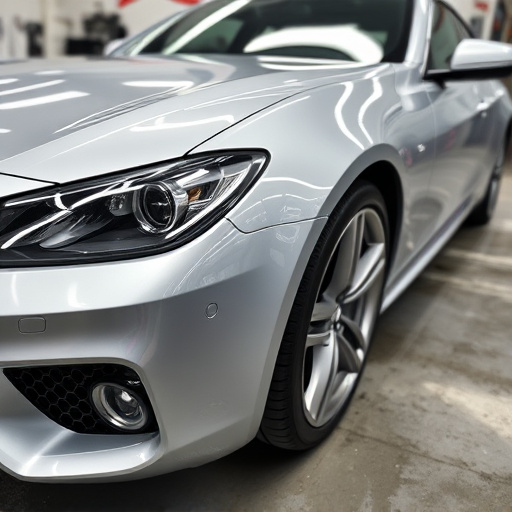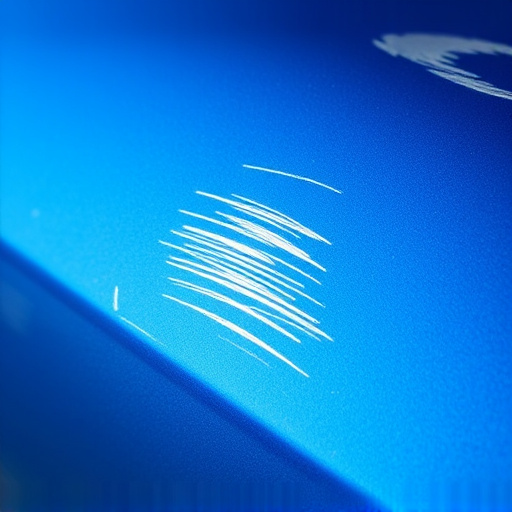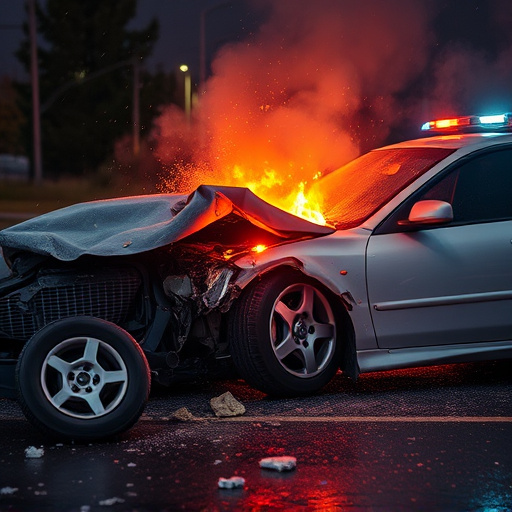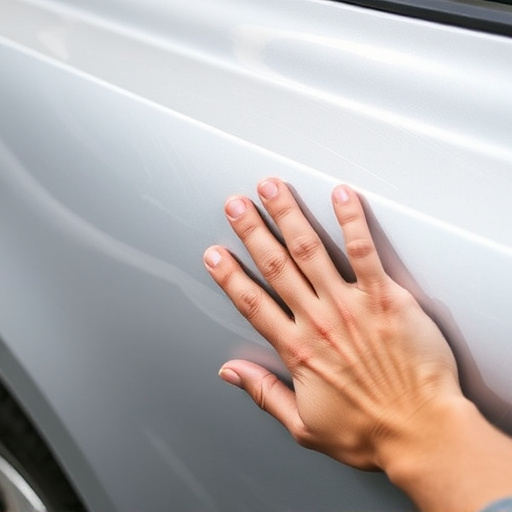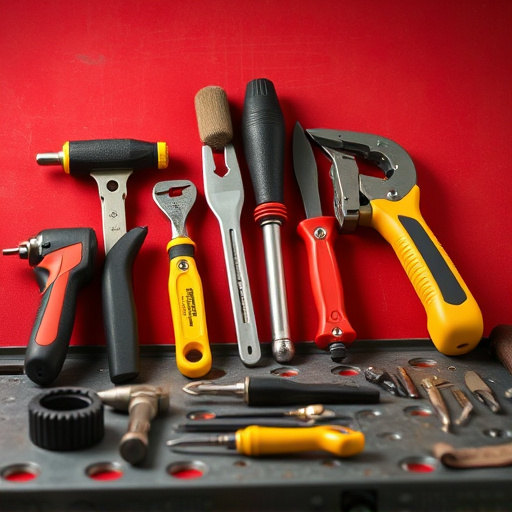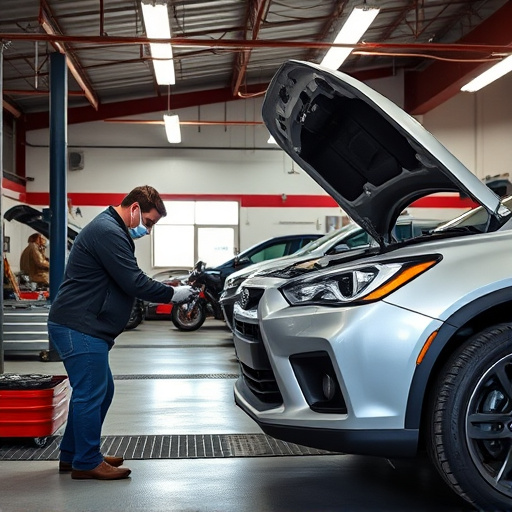Paintless Dent Repair (PDR) is a specialized automotive technique that conserves time and vehicle finish by removing dents and dings without painting or sanding. Skilled technicians assess damage, using tools like air guns and mallets to gently press metal back into its original shape, reducing repair time compared to traditional methods. This hands-on approach demands expertise in car bodywork, preserving the vehicle's original finish and delivering quick, cost-effective results.
“In the realm of automotive aesthetics, paintless dent repair (PDR) has emerged as a game-changer. This non-invasive technique demands skilled technicians who can swiftly and accurately restore vehicles to their original condition. This article delves into the intricate world of PDR, exploring its process from a technician’s perspective. We’ll dissect the factors influencing repair time, uncover the tools and techniques behind the scenes, and highlight the profound impact of technicians’ skills on both efficiency and quality. By understanding these elements, enthusiasts can appreciate the art and science of minimizing paintless dent repair time.”
- Understanding Paintless Dent Repair: A Technician's Perspective
- – Definition and process overview
- – Tools and techniques used by technicians
Understanding Paintless Dent Repair: A Technician's Perspective

Paintless Dent Repair (PDR) is a specialized technique within the automotive industry that focuses on removing dents and dings from vehicle bodies without damaging the paintwork. From the technician’s perspective, PDR involves a meticulous process of using various tools to gently press and mold the affected area back into its original shape. This method not only saves significant time compared to traditional paint and panel repairs but also ensures that the car’s finish remains pristine, as no painting or sanding is required.
Technicians skilled in PDR are adept at assessing the extent of damage and selecting the right tools for the job. They employ precision instruments like dent pullers, air guns, and mallets to carefully work around the edges of the dent, gradually releasing the tension and returning the metal to its original position. This hands-on approach demands a deep understanding of car bodywork and an eye for detail, as even minor errors can lead to unsightly repairs or further damage.
– Definition and process overview

Paintless dent repair is a specialized technique within the automotive industry, focusing on removing dents and scratches from vehicle bodies without the need for traditional painting or sanding. This process has become increasingly popular as car owners seek efficient and cost-effective solutions for car scratch repair and vehicle collision repair. The method involves a series of precise steps where technicians use specialized tools and skills to push the dented area back into its original shape, essentially reversing the damage caused by minor fender benders or accidental bumps.
Technicians play a pivotal role in this artful process, employing various techniques such as using air pressure, special clamps, and mallets to gently manipulate metal panels. They meticulously assess the dent’s size, depth, and location before selecting the most suitable repair methods. By avoiding the use of harmful chemicals or extensive body work, paintless dent repair not only saves time but also preserves the vehicle’s original finish, making it a preferred choice among car enthusiasts and professional car repair services alike.
– Tools and techniques used by technicians
Technicians involved in paintless dent repair employ a range of advanced tools and techniques to effectively restore vehicles to their pre-damage condition. This modern approach, distinct from traditional auto body repair methods, leverages specialized equipment like air guns, hammers, and mallet-like devices that allow for precise manipulation of a car’s paneling without compromising its finish or structure. These technicians are skilled in the art of removing dents by carefully applying pressure points to realign metal, often guided by advanced digital imaging and precision measurement tools.
The process involves meticulous steps, from initial assessment to final smoothing, ensuring minimal paint disturbance. This skill set not only requires an understanding of automotive craftsmanship but also a keen eye for detail. By mastering these techniques, technicians in paintless dent repair significantly reduce the time and resources needed for collision repair services, ultimately expediting the overall vehicle restoration process within an auto repair shop.
In conclusion, paintless dent repair (PDR) technicians play a vital role in reducing the time and cost of vehicle damage restoration. By employing specialized tools and advanced techniques, they can effectively remove dents without painting or replacing panels, significantly shortening repair cycles. As the demand for efficient and eco-friendly auto repairs grows, the expertise of PDR technicians will continue to be indispensable, ensuring vehicles return to their pre-damaged condition in less time and with minimal environmental impact.

